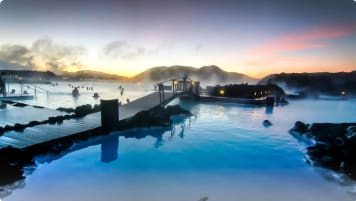Exploring Southern Africa: The Definitive Guide for Travellers
Exploring Southern Africa Southern Africa, a subregion of the African continent, is composed of Angola, Botswana, Lesotho, Malawi, Mozambique, Namibia, South Africa, Swaziland, Zambia, and Zimbabwe. (The United Nations geographic region of Southern Africa, on…
3 Jan 19 · 12 mins read

Exploring Southern Africa
Southern Africa, a subregion of the African continent, is composed of Angola, Botswana, Lesotho, Malawi, Mozambique, Namibia, South Africa, Swaziland, Zambia, and Zimbabwe. (The United Nations geographic region of Southern Africa, on the other hand, is under the Sub-Saharan African region, and includes only five countries: Botswana, Lesotho, Namibia, Swaziland, and South Africa.) Its wide diversity of landscapes and ecoregions–from plains to mountains, from the mild climate of the grassland (veld) to scorching deserts–makes the region a dream destination for tourists and adventurers intent on learning more about its cultures, peoples, and wildlife.
According to Shula E. Marks in her profile of Southern Africa, “Divided societies produce divided histories, and there is hardly an episode in the region’s history that is not now open to debate.” For this article, we will narrow our focus in this vast region and zoom in on the at times entwined histories of the following countries:
- South Africa
- Botswana
- Zimbabwe
- Zambia
Following the brief historical overviews, we will then look at the must-visit sites in the region.
South Africa
Fossils found all over Africa lend credence to the theory that humans descended from the region. In mid-2018 the “African multiregionalism” theory, which says modern humans did not evolve in just one region of Africa but through the interactions of diverse populations in the whole continent, came to the fore.
The first specimen of these ancestral hominids (australopithecine) was unearthed in South Africa in 1924, which indicates human habitation in the country began more than two million years ago and evolved in step with the history of the world. From hunters and gatherers, humans in the region turned to agriculture and nomadic pastoralism well into the Iron Age. These Iron Age farmers and villagers were ancestors of the Bantu-speaking peoples of South Africa today.
South Africa and Europeans
By the 15th century, South Africa’s brushes with Europe were limited to the shipwrecked survivors of Portuguese vessels making their way around the “Cape of Good Hope” in Africa’s southernmost part, said to be named as such (“Cabo da Boa Esperança”) by King John II of Portugal because it proved that India and its precious spices could be reached by sea from Europe.
Both the British and the Dutch challenged the Portuguese for control of this sea route and the intercontinental spice trade. In 1602, the Dutch East India Company (Vereenigde Oost-Indische Compagnie, or the VOC) was founded, and it managed to monopolise the trade in certain spices, increasing its profits by buying from Indonesia and selling the products for an enormous margin (14 to 17 times the original price) in Europe. VOC vessels would clash with the British East India Company, formed two years earlier.
In 1652, Jan van Riebeeck, representing the VOC, founded a Dutch settlement in South Africa at the foot of Table Mountain, an area which would later evolve into Cape Colony (modern-day Cape Town). From brief contact with a few shipwrecked Portuguese, South Africa suddenly now had a city populated by Europeans.
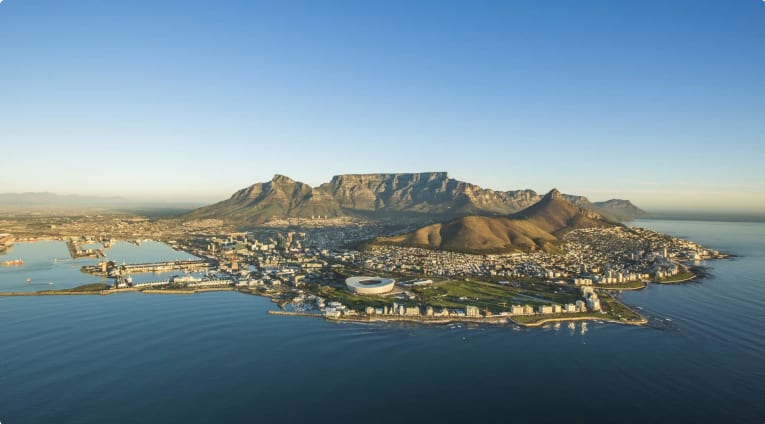
Colonisation
Cape Colony in South Africa became home to a population of ex-Company employees (vrijlieden, “free citizens”) who decided to stay after the end of their contracts. The Dutch also brought in people from the colonies of Indonesia, Madagascar, and eastern Africa, putting them to work as slaves in Cape Colony.
British forces seized the territory from the Dutch and in 1806, Cape Colony became a part of the British Empire. Dutch settlers (known as Boers, the Afrikaans word for “farmers”) departed from the now British-controlled city in a migration called the “Great Trek” in order to escape British policies (e.g. the abolition of slavery) or to extend their territory (or both).
They fought the indigenous peoples for their pastoral land, and established independent Boer states: the Boer Republic, the South African Republic (Transvaal), the Natalia Republic (Natal), and the Orange Free State. These states would unsuccessfully fight British rule in the Boer Wars, which would end in 1902 with the states’ annexation.
The 1870s and later decades were marked by the diamond rush to Kimberley and the discovery of gold in Witwatersrand. Industry moved from agriculture to the mining and trade of precious minerals.
Independence
Following years of conflict and negotiations, the British Empire granted nominal independence to its African colonies and formed the Union of South Africa in 1910. The Union was composed of the former British colonies of the Cape and Natal, Transvaal, and the Orange Free State.
Segregation marked the first two decades of the Union, as discriminatory statutes were passed defining black and white (that is, Afrikaner, or those descended from the original Dutch settlers) separation in the political and residential spheres. Legislation included the Natives’ Land Act of 1913, which defined less than a tenth of South Africa as “black reserves” and prohibited any purchase or lease of land by blacks outside these defined areas, and the Representation of Natives Act of 1936 wherein blacks were made to vote on a separate roll to elect three white representatives to the House of Assembly. These policies paved the way for state-sanctioned apartheid.
Apartheid
In 1931, the Statute of Westminster removed the final traces of British legal authority over South Africa; three years later the South African Parliament declared the country “a sovereign independent state“. In 1948, the Afrikaner-dominated, right-wing National Party came into power and made apartheid (“separateness”) a state policy.
Under apartheid, the scattered reserves were consolidated into “homelands” that had virtually no infrastructure and were incapable of producing sufficient food for the population. Black resistance developed in the form of strikes, acts of public disobedience, and protest marches, and many leaders, including Nelson Mandela, were jailed.
In 1961 South Africa became a Republic, withdrawing from the British Commonwealth. The cycle of protests and government repression focused international spotlight on the new Republic. The UN General Assembly denounced apartheid in 1973, and four years later the UN Security Council imposed a mandatory embargo on the export of arms to South Africa. The country’s economy hit a recession, and skilled whites began leaving the supposed bastion of white racial domination in the African continent.
As global denunciation grew louder, South African President F.W. de Klerk in the early 1990s repealed basic apartheid legislation. Political prisoners were released. Democratic elections in 1994 resulted in a decisive victory for the African National Congress (ANC) and Nelson Mandela became South Africa’s first black head of state and first democratically elected president post-apartheid. South Africa re-joined the British Commonwealth and the UN General Assembly (after 20 years of absence) in 1994.
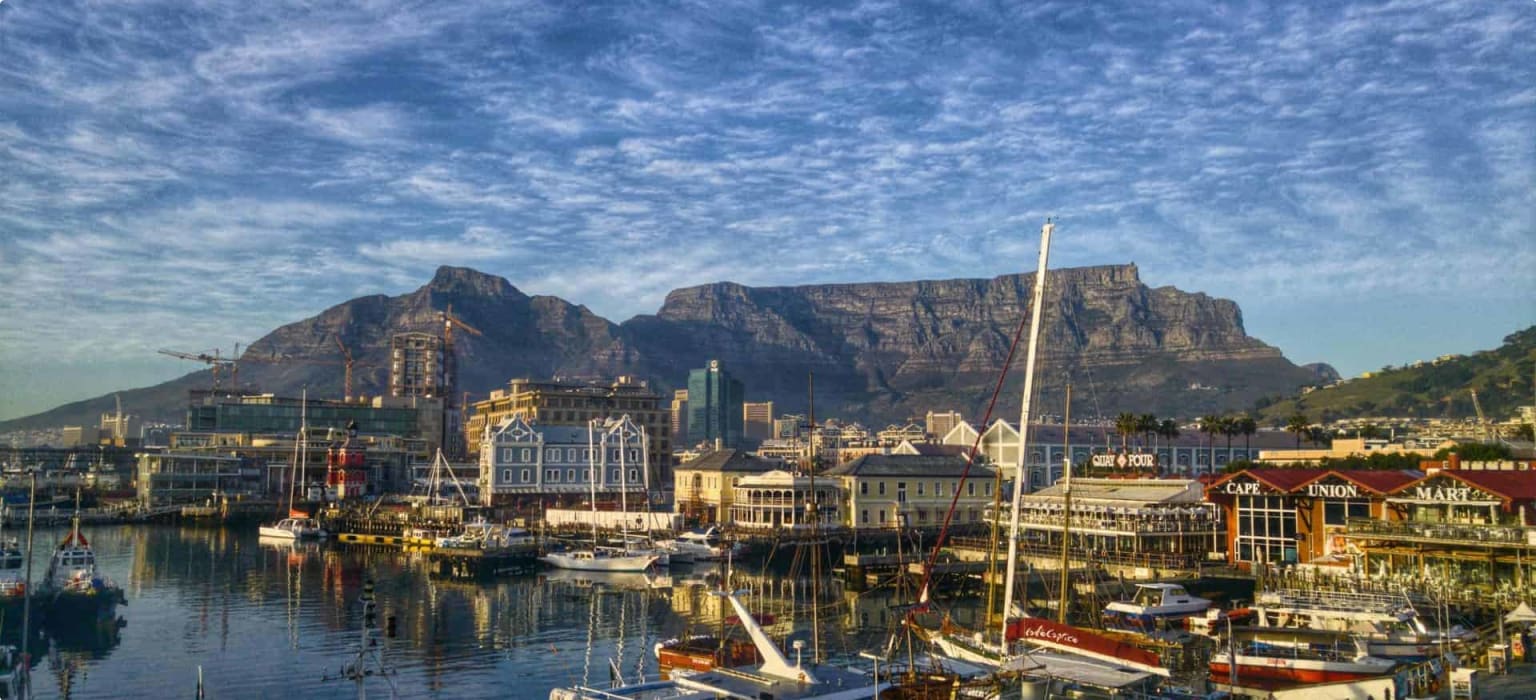
Botswana
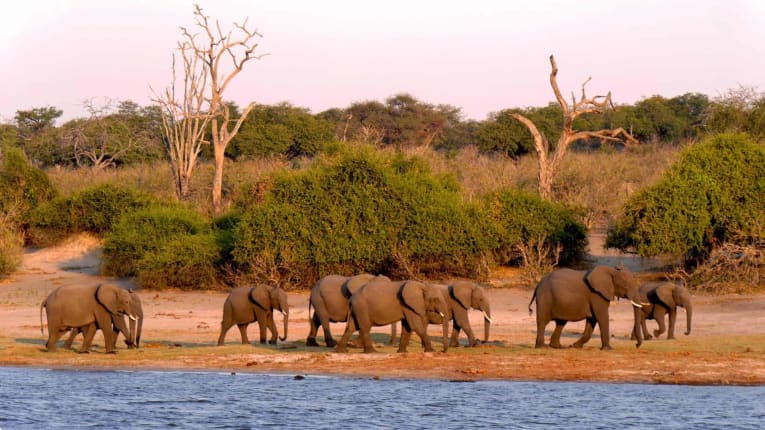
North of South Africa is the landlocked nation of Botswana. Pastoralists formed chiefdoms in the region back in the Iron Age, and the 13th and 14th centuries saw the rise of Tswana states in the western Transvaal region.
The chiefdoms traded with Cape Colony merchants in the 1840s and 50s. Cape Colony by this time was already controlled by the British, and the Great Trek brought Boers close to Tswana territory in the Transvaal. The Tswana king Sechele led the Kwena people to resist the foreign incursion. After years of conflict, a peace agreement was forged in 1860, drawing the modern-day border between South Africa and Botswana.
Sechele allied himself with British traders and was even baptised as a Christian by British missionary and explorer, David Livingstone.
“Scramble for Africa”
During the so-called “Scramble for Africa”–where European imperial powers hurried to stake their claim in the continent and harvest its natural resources for the industrialisation of their kingdoms–Germany colonised South West Africa. In order to block the Germans and protect the roads that would connect Cape Colony to British-controlled colonies in the north, the British annexed the Tswana states. They convinced the chieftains to accept British rule and proclaimed the formation of the Bechuanaland Protectorate.
The British South Africa Company was formed in 1889 by Cecil John Rhodes, prime minister of Cape Colony (1890 to 96) and organiser of the giant diamond-mining company De Beers (1888) operating the mines in Kimberley. (His estate funds the Rhodes Scholarship, an international postgraduate award for students to study at the University of Oxford.) The BSAC used the Bechuanaland roads to colonise the region that would later be known as Rhodesia (modern-day Zimbabwe; more about this in the next section), named after Rhodes.
Not in the Union
When the Union of South Africa was formed in 1910, the British crown left provisions to include the Bechuanaland Protectorate to the Union in a later incorporation. However, with the rise of apartheid in the Union and the fierce protests of Tswana chiefs against colonialism, the Bechuanaland Protectorate remained divided into eight self-administering “tribal” reserves and five white settler farm blocks; the rest were designated crown lands.
In 1948, Seretse Khama, chief of the Ngwato people, and who was educated in South Africa and the University of Oxford, married a white Englishwoman named Ruth Williams. This marriage caused considerable controversy, especially when the British government forced his exile from Bechuanaland in order to appease the South African government, which was instituting racial segregation at the time.
This, among other factors, proved that Bechuanaland could never be incorporated into the Union. Khama would be exiled for six years, but he would later return as a private citizen, founding the Democratic Party in 1962 and becoming Bechuanaland’s first president in 1966. That same year, the protectorate became independent from British rule and was renamed the Republic of Botswana.

Zimbabwe
In the 14th to 17th centuries, the empire of the Mwene Mutapa (also spelled Matapa) ruled over the territory between the Zambezi and Limpopo rivers, in what is now Zimbabwe and Mozambique. In Shona, a Bantu language, “Mwene Mutapa” means “Ravager of the Lands”.
The empire is associated with Great Zimbabwe (a protected World Heritage Site), an ancient city in the southeast of the modern state that later took its name. “Zimbabwe” is derived from either one of the two Shona terms: dzimba dza mabwe (great stone houses) or dzimba woye (esteemed houses).
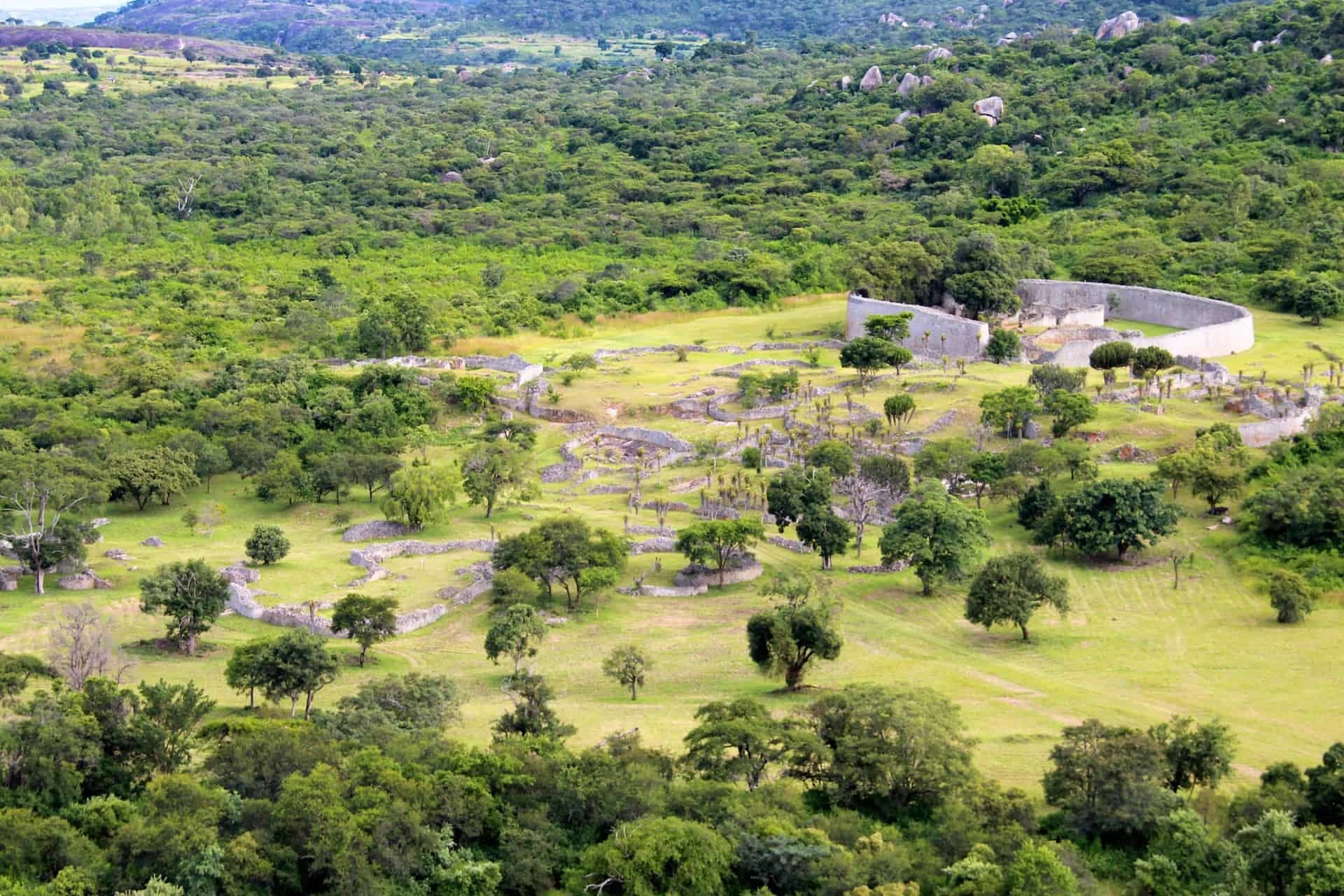
The Portuguese started exploring the African coastline in the 15th century, and in the 1530s they started moving from the east coast and eventually encroached on the domain of the Mwene Mutapa, deposing its ruler and invading the territory. The Mwene Mutapa was succeeded by the kings of the Rozvi and Ndebele Kingdoms, but during the Scramble of the late 1880s, they had to contend with Europeans who were flooding into the African continent.
By the time of the British invasion of Southern Africa, Lobengula was king. He allied himself with the British, approving mining franchises in exchange for wealth and arms, which he hoped to use to repel the European invaders.
In 1888, he granted the Rudd Concession to agents acting on behalf of Cecil Rhodes. This written concession, which gave exclusive mineral rights to Rhodes and his associates, would have far-reaching outcomes for Lobengula and his kingdom.
The British South Africa Company
Rhodes used the Rudd Concession to get royal charter (a formal document issued by the British monarch granting rights and power) from the British Empire and form the British South Africa Company in 1889.
The BSAC’s function was to take the risk of developing infrastructure (including railways) in south-central Africa on behalf of the British Empire, but without costing money for the British taxpayer. The royal charter granted the company operational monopoly, political administration, and a paramilitary police force in the areas where they would be given permission by local rulers. The BSAC was also allowed to profit through its own operations.
In reality, the BSAC misrepresented the consent of the African rulers, and the profits generated by Rhodes’ gold and diamond interests were reinvested into BSAC, providing it with the funds to conquer territory in Southern Africa.
The BSAC attacked Lobengula’s kingdom and formed Southern Rhodesia (Zimbabwe) and moved north and formed Northern Rhodesia (Zambia; more on Zambia in the next section). By 1897, the BSAC were administering the two Rhodesias, encouraging European settlers to move to the territory with promises of gold deposits and riches.
By 1905, there were 12,500 settlers in the country, a number that would grow bigger in the following years.
Self-Rule and Independence
BSAC’s 25-year charter was due to expire in 1914, and faced with a choice of either continuation of the charter or joining the Union of South Africa, the settlers settled with the former, pending the grant of self-government. Company rule officially ended in Southern Rhodesia in 1923, and in Northern Rhodesia in 1924.
On September 12, 1923, Southern Rhodesia was granted self-government, but was still annexed to the British Empire. Government rule was also confined to the country’s white minority.
In 1953, faced with African opposition, the British government consolidated the two Rhodesias with another colony, Nyasaland (now Malawi) and formed a federation. The federation was dissolved in 1963, and in 1965 Prime Minister Ian Smith unilaterally declared independence from Britain under white-minority rule, marking the first break from the United Kingdom by a colony since the United States declared independence in 1776.
Southern Rhodesia endured international isolation (no other country recognised Rhodesian independence) and a 15-year guerrilla war with black nationalist forces. A peace agreement was signed to end the war, and the country finally gained sovereignty as Zimbabwe in 1980 with revolutionary Robert Mugabe as its Prime Minister.
Zambia
Zambia’s ancient history remains relatively obscure, but it is believed it was ruled by Bantu-speaking rulers, much like the other parts of the Southern African region.
The rulers began trading with the Portuguese in the 18th century, exchanging ivory and copper with cotton cloth. British interest in the region was first stirred by the accounts of David Livingstone, who aimed to “civilise” the people of Africa and convert them to Christianity. He saw the waterfalls of the Zambezi River in 1855 and named it Victoria Falls after the British sovereign.
Zambia’s fate was tied with Zimbabwe’s for many years, with Cecil Rhodes’ entry into the region and BSAC rule that lasted until 1924 in Northern Rhodesia, and the creation of the federation with Nyasaland in 1953. Many Northern Rhodesians fought against the federation, which became economically and politically dominated by Southern Rhodesia.
In 1958, former teacher and civil servant Kenneth Kaunda led the split from Mandela’s African National Congress and founded a separate organisation, the Zambia ANC, which would later become the United National Independence Party, or UNIP. The UNIP organised a massive campaign of civil disobedience in 1962. The federation was dissolved a year after.
In 1964, UNIP, supported by a third of white voters, received a decisive majority in the elections, and in October 1964 it became the independent Republic of Zambia, with Kaunda as its first president. “Zambia” is derived from the name of the great Zambezi River (“Grand River”).
Travel to Southern Africa
Learning the complex histories of some of the countries of Southern Africa provides a deeper understanding and appreciation of the sights the region has to offer.
Cape Town
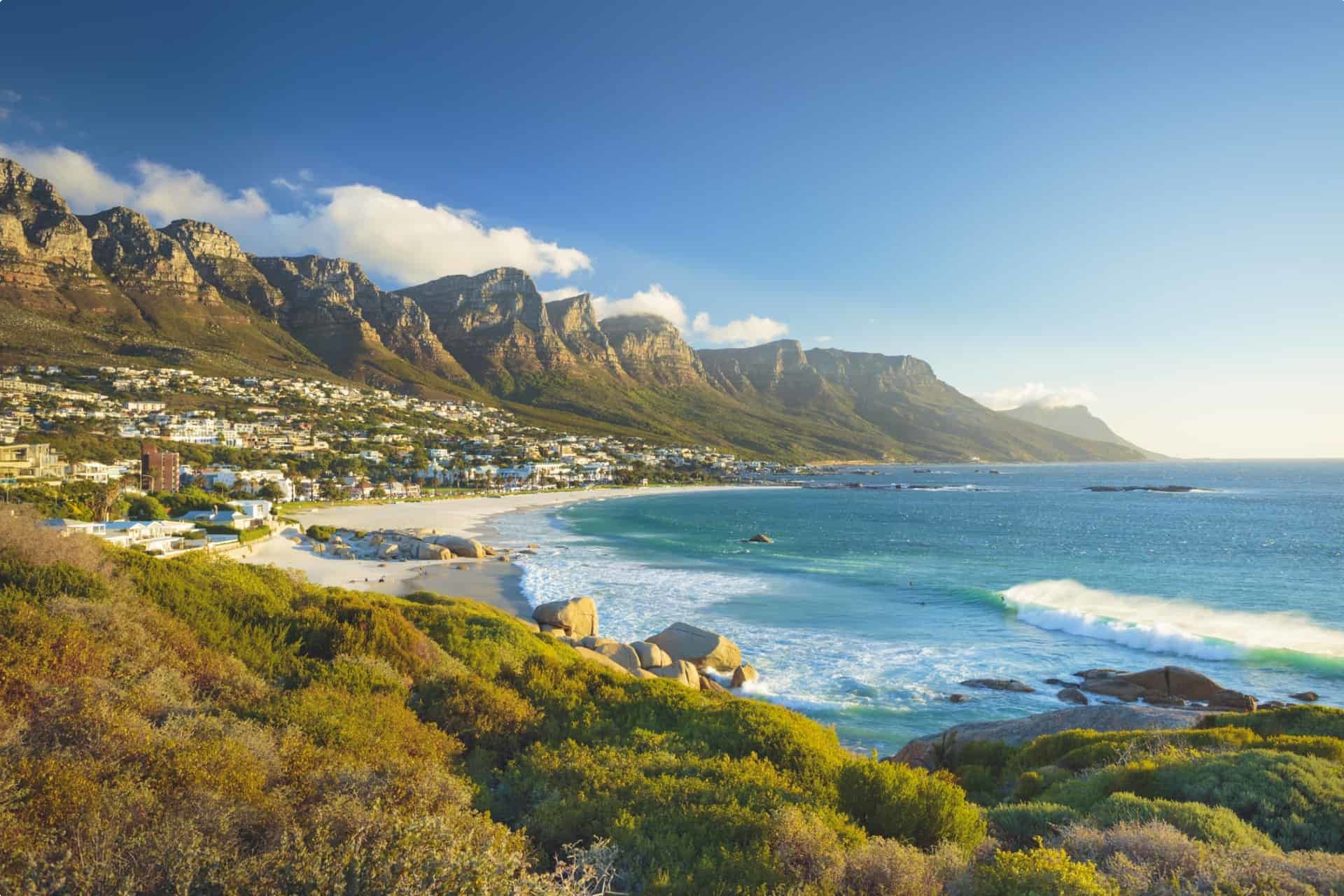
This South African city has a vibrant food and wine culture and stunning scenery. Travellers can ride a cable car to Table Mountain for gorgeous aerial views of Cape Town, Camps Bay, Table Bay, surrounding peaks, and the rest of the nature preserve. Travellers can also head down to Boulders Beach to visit the African penguins. The Company’s Garden is a green oasis in the heart of the city, a public park and botanical garden originally built as a refreshment station for the ships sent by the Dutch East Indian Company.
In 2018, Groot Constantia, South Africa’s oldest wine estate, celebrated more than 300 years of wine-making. It is an essential stop for wine enthusiasts. Travellers can go on an audio walking tour to learn more about the estate’s history and sample wine that’s been produced for centuries. The Cape Town Diamond Museum provides insight into the diamond industry in South Africa.
Oudtshoorn
Oudtshoorn is the ostrich capital of the world, made prosperous during the ostrich feather boom in the 1860s, when ostrich feathers became popular as a fashion accessory among the European nobility. At one point, ostrich feathers were nearly as expensive as diamonds. Oudtshoorn is now home to many ostrich breeding farms, which tourists can tour and visit to meet the world’s largest living bird species.
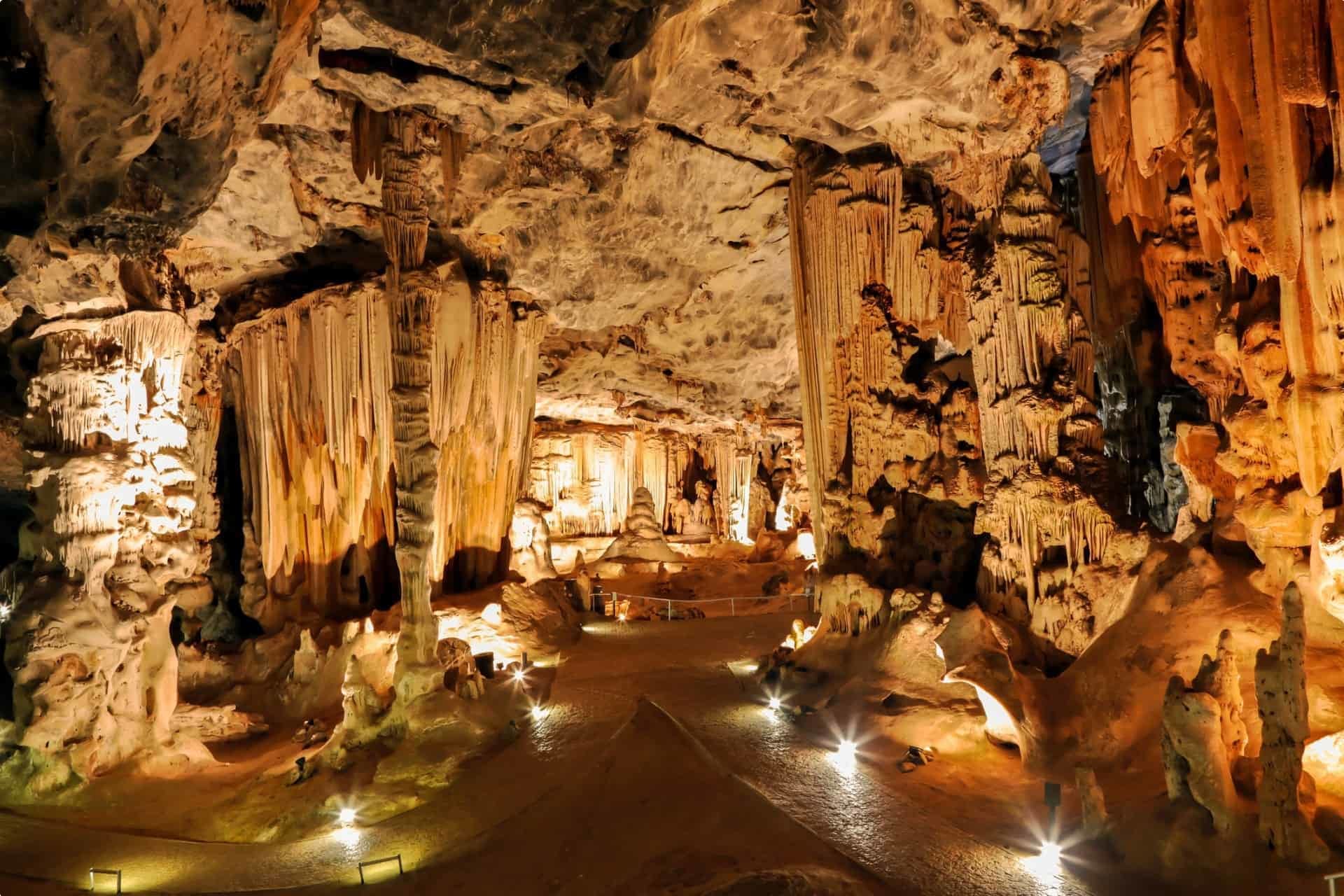
It is also the location of the Cango Caves, an extensive cave system and South Africa’s oldest tourist attraction. Travellers have been admiring the towering 20-million-year-old limestone caves since 1891. The chambers are illuminated to guide tourists and to provide a full view of the caves’ unique formations.
Kruger National Park and Chobe National Park
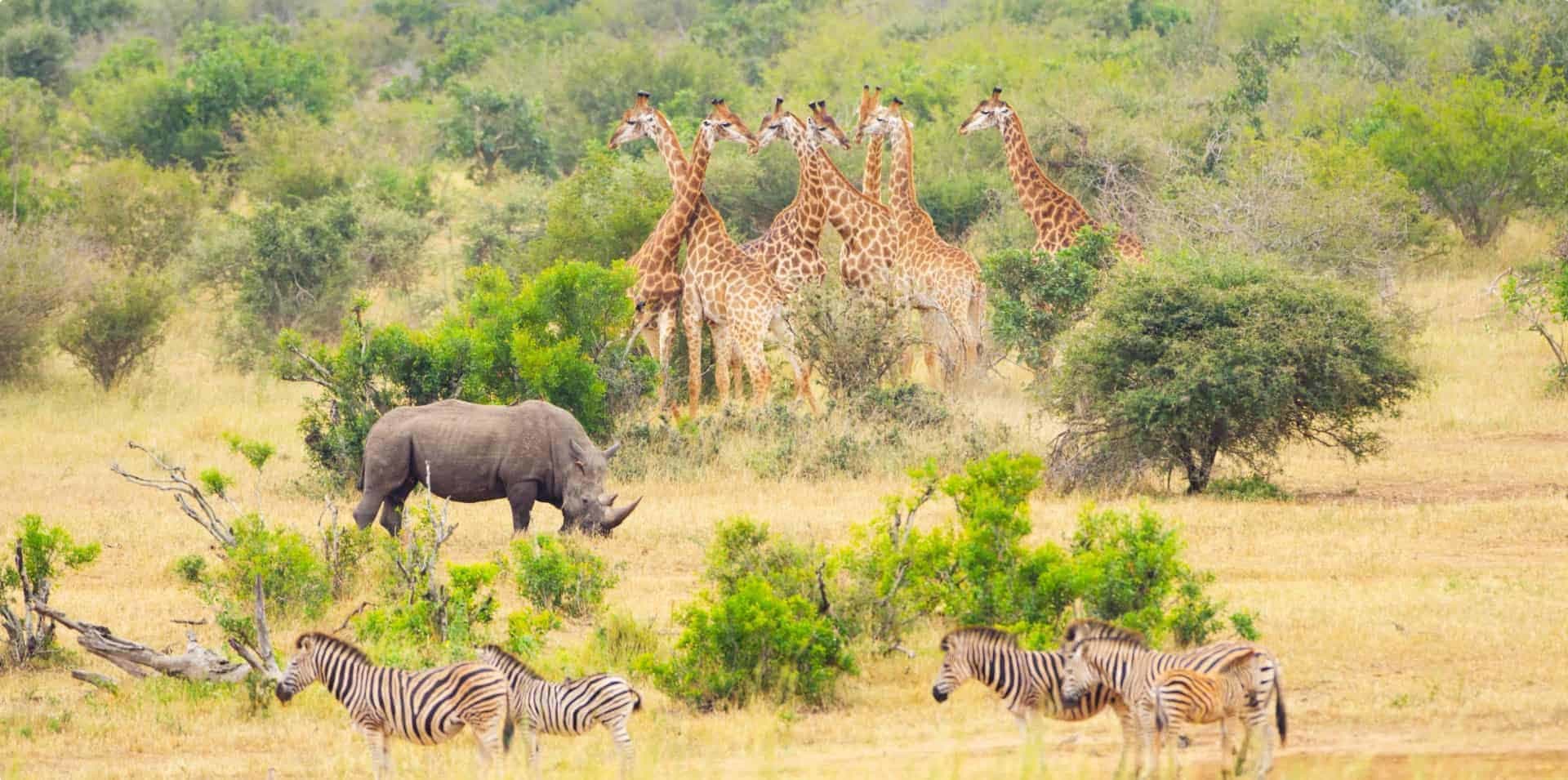
Kruger National Park is South Africa’s famous safari destination. Travellers can join a guided game viewing safari to explore African wildlife and get a chance to see the Big 5: lions, leopards, rhinos, elephants and buffalos. Botswana’s smaller but biologically diverse Chobe National Park –famous for its large elephant and lion populations– also attracts safari enthusiasts in Southern Africa.
Victoria Falls
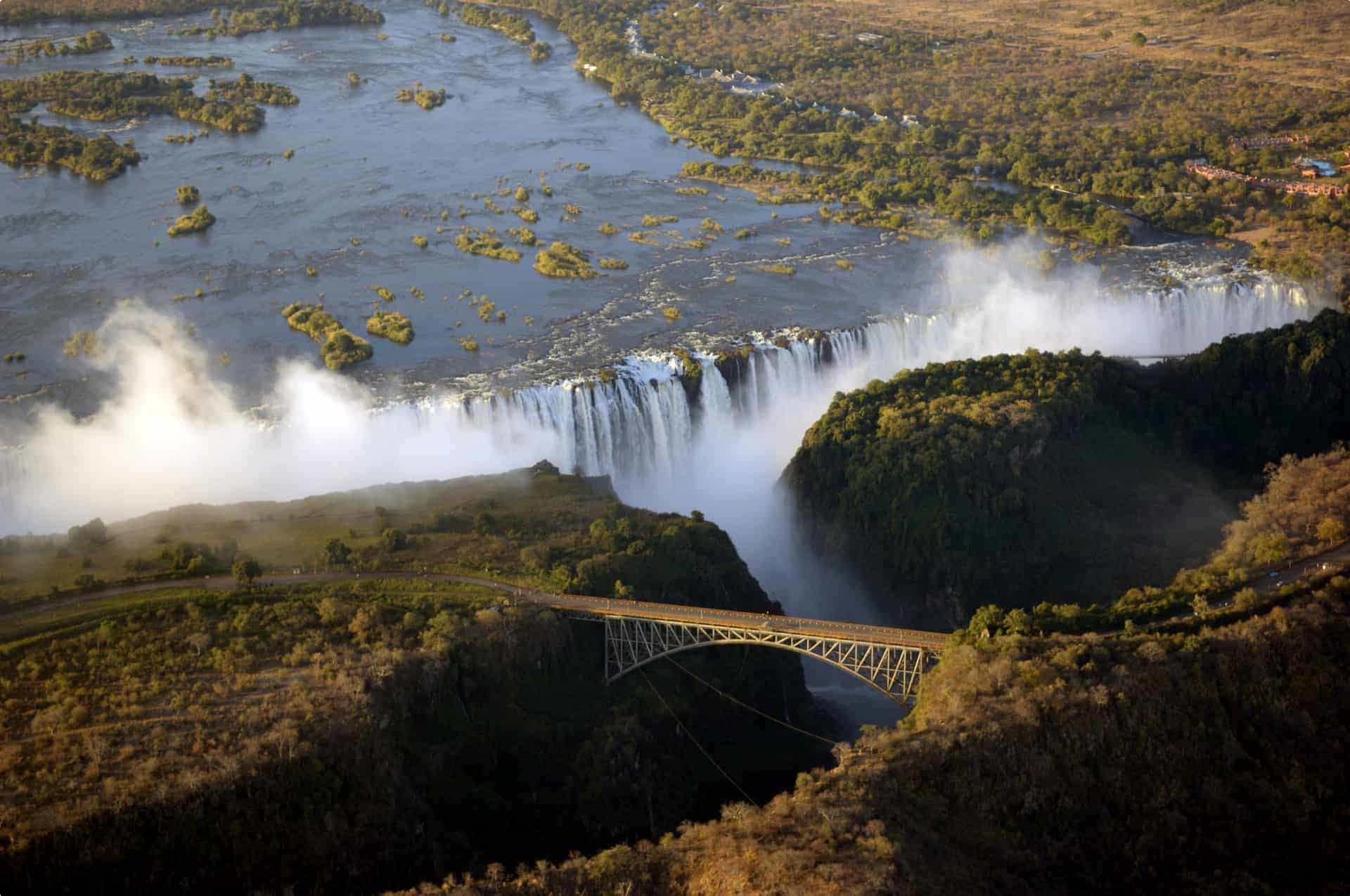
The awe-inspiring Victoria Falls, located on the Zimbabwe/Zambia border, is the largest waterfall in the world. It is more than a thousand metres wide, the great sheet of water falling from a height of 108 metres. It creates a roar that can be heard from a distance of 40 kilometres, and spray and mist from the falling water that rises to a height of over 400 meters. Local tribes called it Mosi-oa-Tunya, “The Smoke that Thunders”. The more daring adventurer can stand on the very edge of the waterfall with the help of a guide.

Odyssey Traveller organises small group tours to Southern Africa, especially designed for the mature or senior traveller. This tour will begin in Cape Point and weave across Southern Africa to visit Victoria Falls in Zimbabwe and Livingstone in Zambia, ride through Chobe National Park in Botswana, and end in Johannesburg, South Africa’s largest urban area and its centre of commerce. In this city, travellers will have the option to extend their holiday to Namibia and Madagascar, also with Odyssey Traveller. Click through to read the itinerary and sign up.
About Odyssey Traveller

Odyssey Traveller is committed to charitable activities that support the environment and cultural development of Australian and New Zealand communities. We specialise in educational small group tours for seniors, typically groups between six to 15 people. Odyssey Traveller has been offering this style of adventure and educational programs since 1983.
We are also pleased to announce that since 2012, Odyssey Traveller has been awarding $10,000 Equity & Merit Cash Scholarships each year. We award scholarships on the basis of academic performance and demonstrated financial need. We award at least one scholarship per year. We’re supported through our educational travel programs, and your participation helps Odyssey Traveller achieve its goals.
For more information on Odyssey Traveller and our educational small group tours, do visit and explore our website. Alternatively, please call or send an email. We’d love to hear from you!
Related Tours
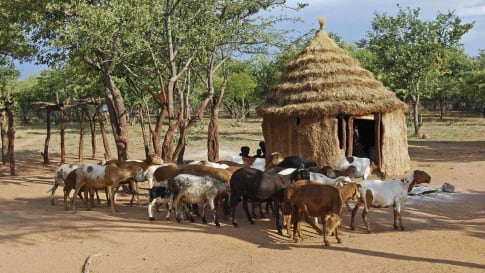
19 days
AugSouthern Africa Tour | Fully Escorted Africa Tour for Seniors
Visiting Botswana, South Africa
Experience as a small group tour for couples and solo travellers, the beautiful landscapes of the Garden route and the unique wildlife at places such as Kruger National Park, Cape Town, Victoria Falls and Chobe Game Reserve. During the program participants will have the opportunity to learn about the culture, the politics and the social issues facing South African people in Soweto and more. How the natural resource managers are caring for their wildlife reserves in the face of land enclosure, climate change and poaching.
From A$12,095 AUD
View Tour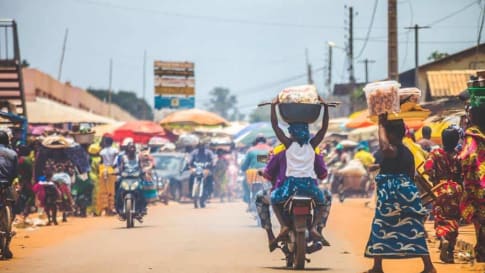
21 days
May, SepExplore the History, Culture & Wildlife of West Africa: Ghana, Togo & Benin
Visiting Benin, Ghana
This small group tour for couples and solo travelers concentrates on the history, culture and wildlife of coastal Central Africa. Meet the friendly local people and come to a greater understanding of just what has made them what they are today.
From A$14,995 AUD
View Tour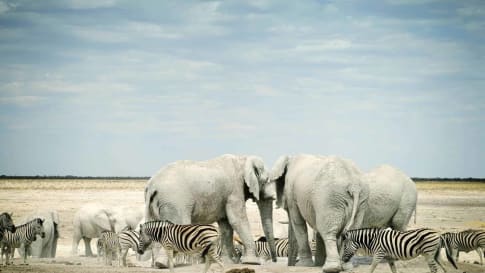
10 days
SepNamibia Wildlife and Culture Tour for Seniors
Visiting Namibia
A small group tour for seniors and couples to Southern Africa for couples and solo travellers. Namibia shares borders with Angola and Zambia to the north, Botswana to the east and South Africa to the south and east. Wedged between the Kalahari and the South Atlantic, Namibia is home to the oldest desert of the earth. Despite its parched reputation, Namibia is one of the world’s best wildlife destinations.
From A$11,695 AUD
View Tour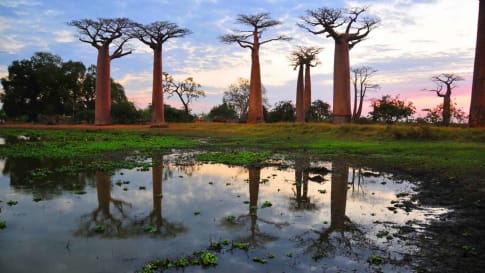
16 days
Apr, Aug, SepMadagascar Small Group Tour | The island of Lemurs & Avenue of Baobabs
Visiting Madagascar
On this small group tour we explore the country’s natural wonders as well as its colonial past. Madagascar has a range of extraordinary plant and animal life which we will have the chance to view in the island’s National Parks and Nature Reserves. While on the tour we will also learn about both the Portuguese and French periods of control.
From A$14,295 AUD
View Tour

